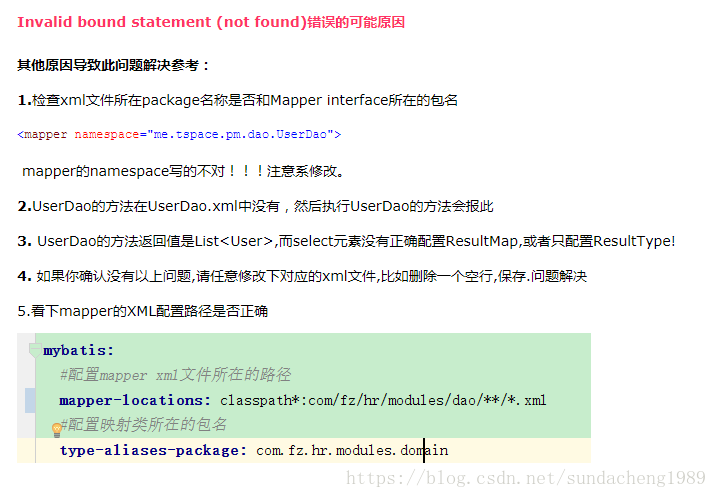理解并解决Java多线程同步问题的实例
在Java中,多线程同步问题通常涉及到多个线程访问共享资源时的线程安全问题。为了解决这些问题,Java提供了多种同步机制,如synchronized关键字、ReentrantLock、Semaphore等。下面我将通过一个简单的实例来展示如何使用synchronized关键字来解决多线程同步问题。
问题描述假设我们有一个账户类Account,它包含一个余额属性。我们希望多个线程可以同时对账户进行存款和取款操作,但是要保证操作的原子性和可见性,即每次只有一个线程可以修改余额,并且所有线程都能看到最新的余额。
解决方案1. 定义账户类:
```javapublic class Account {
private double balance; //账户余额 public Account(double balance) {
this.balance = balance;
}
//存款方法 public synchronized void deposit(double amount) {
double newBalance = balance + amount;
balance = newBalance; //将新余额赋值给balance }
//取款方法 public synchronized void withdraw(double amount) {
if (amount <= balance) {
double newBalance = balance - amount;
balance = newBalance; //将新余额赋值给balance }
}
// 获取余额 public synchronized double getBalance() {
return balance;
}
}
```2. 创建线程类:
```javapublic class AccountThread extends Thread {
private Account account;
private double amount;
private String type; // “deposit” 或 “withdraw” public AccountThread(Account account, double amount, String type) {
this.account = account;
this.amount = amount;
this.type = type;
}
@Override public void run() {
if (“deposit”.equals(type)) {
account.deposit(amount);
} else if (“withdraw”.equals(type)) {
account.withdraw(amount);
}
}
}
```3. 测试多线程同步:
```javapublic class Main {
public static void main(String[] args) {
Account account = new Account(1000); //初始余额1000// 创建并启动多个线程进行存款和取款操作Thread t1 = new AccountThread(account,500, “deposit”);
Thread t2 = new AccountThread(account,200, “withdraw”);
Thread t3 = new AccountThread(account,300, “deposit”);
t1.start();
t2.start();
t3.start();
try {
t1.join();
t2.join();
t3.join();
} catch (InterruptedException e) {
e.printStackTrace();
}
System.out.println(“Final balance: “ + account.getBalance());
}
}``### 解释在这个例子中,我们使用了synchronized关键字来修饰Account类中的deposit、withdraw和getBalance`方法。这确保了在任何时候只有一个线程可以执行这些方法中的任何一个,从而避免了多个线程同时修改余额的问题。通过这种方式,我们解决了多线程同步问题,保证了账户操作的原子性和可见性。
这个例子展示了如何使用synchronized关键字来解决Java多线程同步问题。你可以根据具体需求选择使用其他同步机制,如ReentrantLock、Semaphore等。



































还没有评论,来说两句吧...